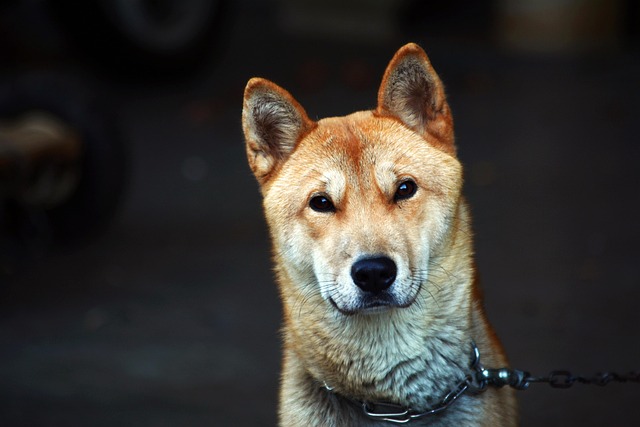
How do i train my dog to be obedient?
Watching your dog dart across the park ignoring your calls isn’t just frustrating—it can put them at risk near busy streets or public spaces.
That moment when your well-meaning pup chews up your favorite shoes or barks nonstop at the mailman—frustrating, right? Behavioral hiccups are part of sharing life with a dog, but figuring out how to guide them toward better habits can feel like solving a puzzle. The good news is, with patience and the right approach, most dogs respond beautifully to gentle correction.
Understanding why the behavior happens is half the battle. A dog that digs holes in the yard might be bored, not acting out. The one that jumps on guests could be overflowing with excitement, not trying to be rude. Punishment—yelling or scolding—rarely works. It confuses them more than anything, making them anxious or scared. Instead, focusing on what you want them to do, rather than what you don’t, tends to click faster. Catch them in the act of being good—like sitting quietly when someone knocks—and shower them with treats and praise. They’ll start connecting that calm behavior with good things.
 Consistency is your secret weapon. If one family member lets the dog sleep on the couch but another scolds them for it, the mixed signals will leave them puzzled. Set clear, simple rules and stick to them. For example, if jumping is an issue, turn your back and wait for all four paws to hit the floor before giving attention. Do this every single time, and they’ll learn that keeping feet down gets them the pets they crave. It takes time—especially with puppies still learning the ropes—but small, daily efforts add up.
Consistency is your secret weapon. If one family member lets the dog sleep on the couch but another scolds them for it, the mixed signals will leave them puzzled. Set clear, simple rules and stick to them. For example, if jumping is an issue, turn your back and wait for all four paws to hit the floor before giving attention. Do this every single time, and they’ll learn that keeping feet down gets them the pets they crave. It takes time—especially with puppies still learning the ropes—but small, daily efforts add up.
Socialization and exercise go a long way in preventing issues before they start. A dog with pent-up energy is far more likely to act out, whether that’s chewing, barking, or racing around like a tornado. Daily walks, play sessions, and interactive toys keep their minds and bodies busy. Exposing them to new people, other dogs, and different environments when they’re young helps them feel confident, reducing fear-based behaviors like aggression or excessive barking. Even older dogs can benefit from slow, positive introductions to new experiences—patience here pays off in calmer reactions.
Knowing when to seek help is smart, not a failure. Some behaviors, like resource guarding or separation anxiety, can be tricky to tackle alone. A certified trainer who uses positive reinforcement methods can offer tailored strategies that fit your dog’s personality. Many communities have classes designed for specific issues, and local laws often encourage responsible pet ownership, which includes addressing behaviors that might disturb neighbors or pose risks. Think of it as investing in a happier, healthier relationship with your pup.
Watching your dog grow into a well-adjusted companion is one of the greatest joys of pet parenthood. Those small victories—the first time they sit instead of jump, the quiet moment when the doorbell rings—are worth every bit of effort. It’s not about perfection; it’s about guiding them with kindness, so they feel secure enough to make good choices. After all, a dog that understands what’s expected of them is a dog that feels safe—and that’s when their best selves shine through.

Watching your dog dart across the park ignoring your calls isn’t just frustrating—it can put them at risk near busy streets or public spaces.

New puppy owners often find themselves rushing to clean up accidents before they set in, and that’s where puppy pad training becomes a game-changer.

If you've noticed your dog's waistline disappearing and your veterinarian has mentioned those few extra pounds, your first instinct might be to simply reduce the amount of food in their bowl.

Training a dog to use a designated spot indoors isn’t as daunting as many new owners fear, but it does take consistency and an understanding of your pet’s needs.

That moment of dread on a walk is all too familiar for many new dog owners. You see another dog approaching down the sidewalk of your neighborhood

If the sight of another dog on your neighborhood walk makes your heart sink as your own dog erupts into a frenzy of barking and lunging, you're not alone.